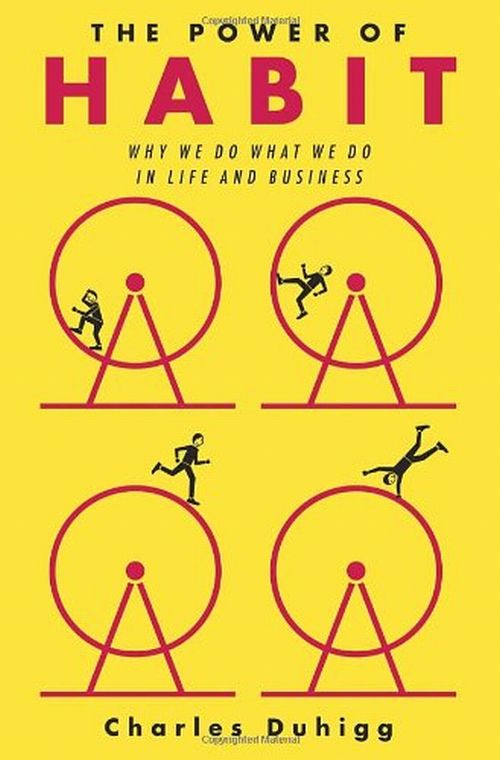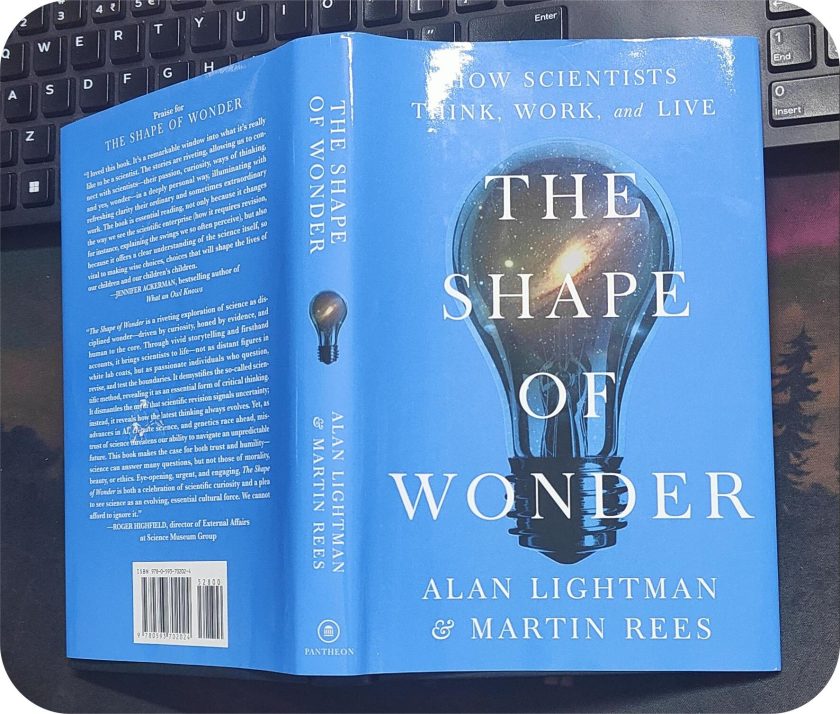The Power of Habit: Why We Do What We Do in Life and Business by Charles Duhigg is quite an impressive book. With its umpteen examples of how people defy old habits at the sake of new productive habits and eventually achieve marvelous feat is extremely inspiring. Although the book does not promote or support one secret formula for quickly changing any habit but it makes one think with a different angle. Case studies of corporate success of Alcoa, Starbucks, and P&G’s Febreeze were quite a fascinating read.
Other than these, there were some takeaways for those who’d like to try Duhigg’s work.
Automatic mode
Habits form an integral part of human brain that is responsible for carrying out day-to-day activities. Brain is always looking for ways to save energy as a consequent of which habits emerge. The process initiates from basal ganglia of the brain, where the region looks for cues or the first timer triggers. Later when the cues are same every time, brain goes into automatic mode and thus, forms a habit cycle.
Habit loop
Habit loop makes us behave in a certain fashion although we might not remember the experience that led to the development of a particular habit. However, if we try to figure out how habits emerge we’d find that there are two basic tenets that is grounded in human psychology: first, simple and obvious cue or a trigger and second, the consequent reward(s).
The same two rules are followed for building a new habit cycle. However, at times, there are no cues or the available cue is not sufficient to trigger the new habit loop. In such a situation, an element called craving comes into play.
Craving
As a matter of fact, habits create neurological cravings. Most of the times, we are unaware of these cravings. Craving is an expectation that the brain begins to show towards receiving some kind of award. Only when brain starts expected reward, loop of new habits begin.
Replacing habits
Thus, the cycle of habit constitutes of three elements, which are cue, routine and reward. Cue and reward are constant elements. However, routine can be re-worked to change a bad habit into productive habit. For instance, if cue is stress, routine is biting nails and reward is feeling a sense of satisfaction. If routine is changed, the nail biting habit may get curb until some extent. Like, in the same situation when stress is observed, instead of biting nails, if attention is drawn towards sketching or towards calculating multiples of any random number let’s say 9, mind will get distracted to the fresh activity. After finishing the new assignment, the same sense of satisfaction is observed. Hence, if the routine is continued during the same state of stressful situation, chances of relinquishing the bad old habit of biting nails become high.
Willpower
Most importantly, replacement habits become a long lasting friend if they are also accompanied by belief of believing oneself. Experts have witnessed cases where habits like addictions have been cured when the element of belief is held strong.
Duhigg has done a lot of hard work in taking out gems from the fields of social psychology, clinical psychology and neuroscience for surfacing the habit formation and change. His ideas of presenting fascinating stories and case histories would surely help the readers in relating themselves every now and then. Overall, an insightful book, delving into the art of building good habits since setting high goals is not enough.




